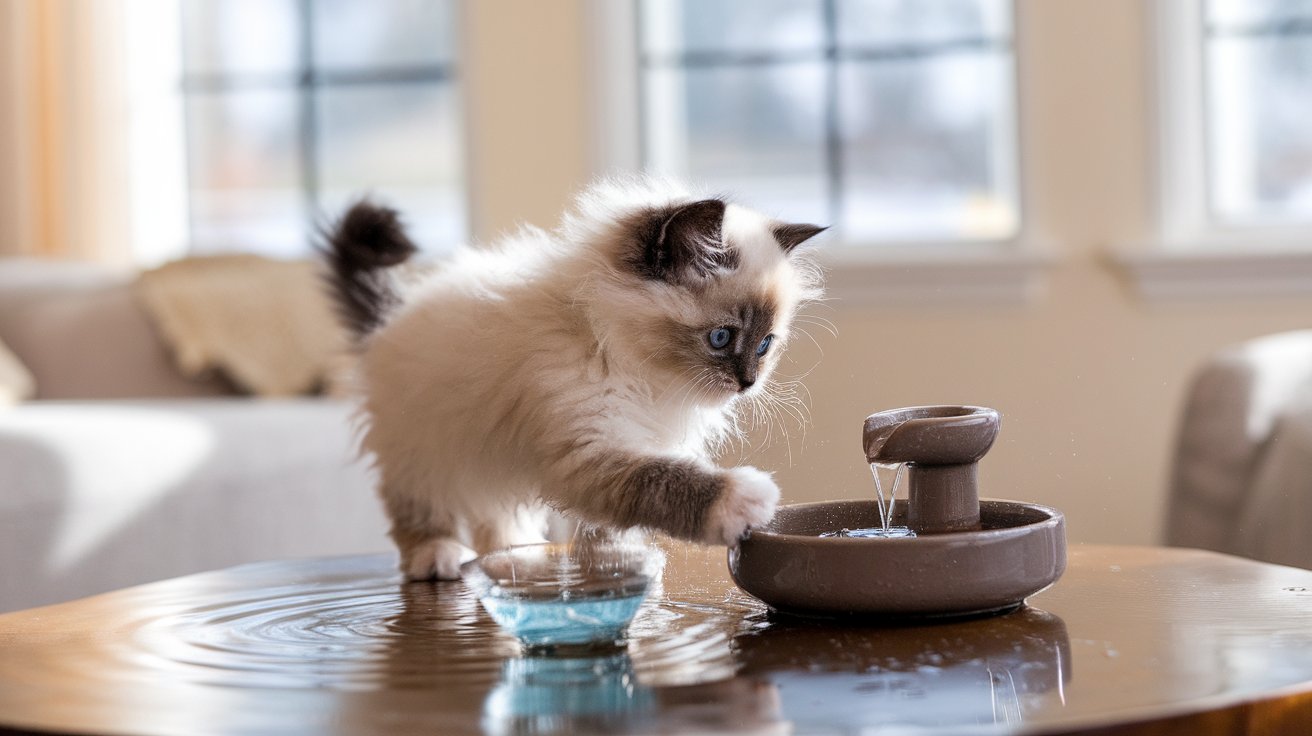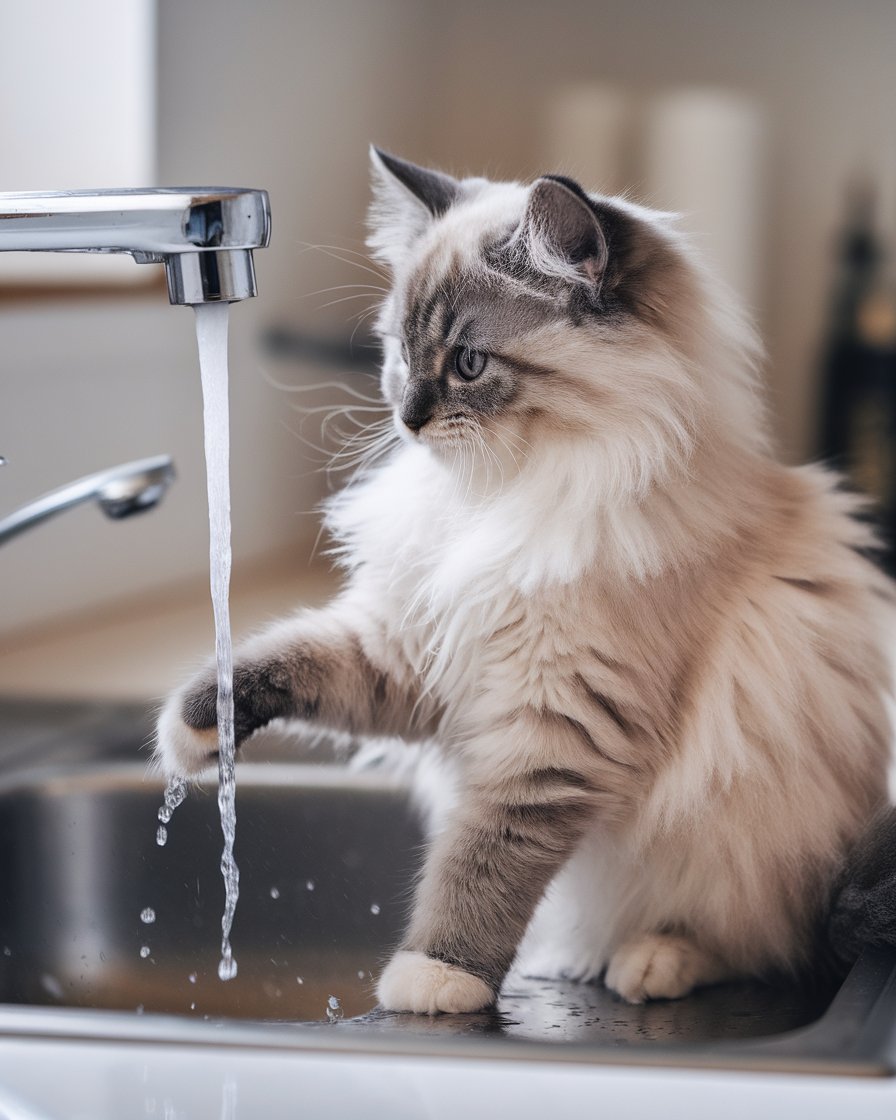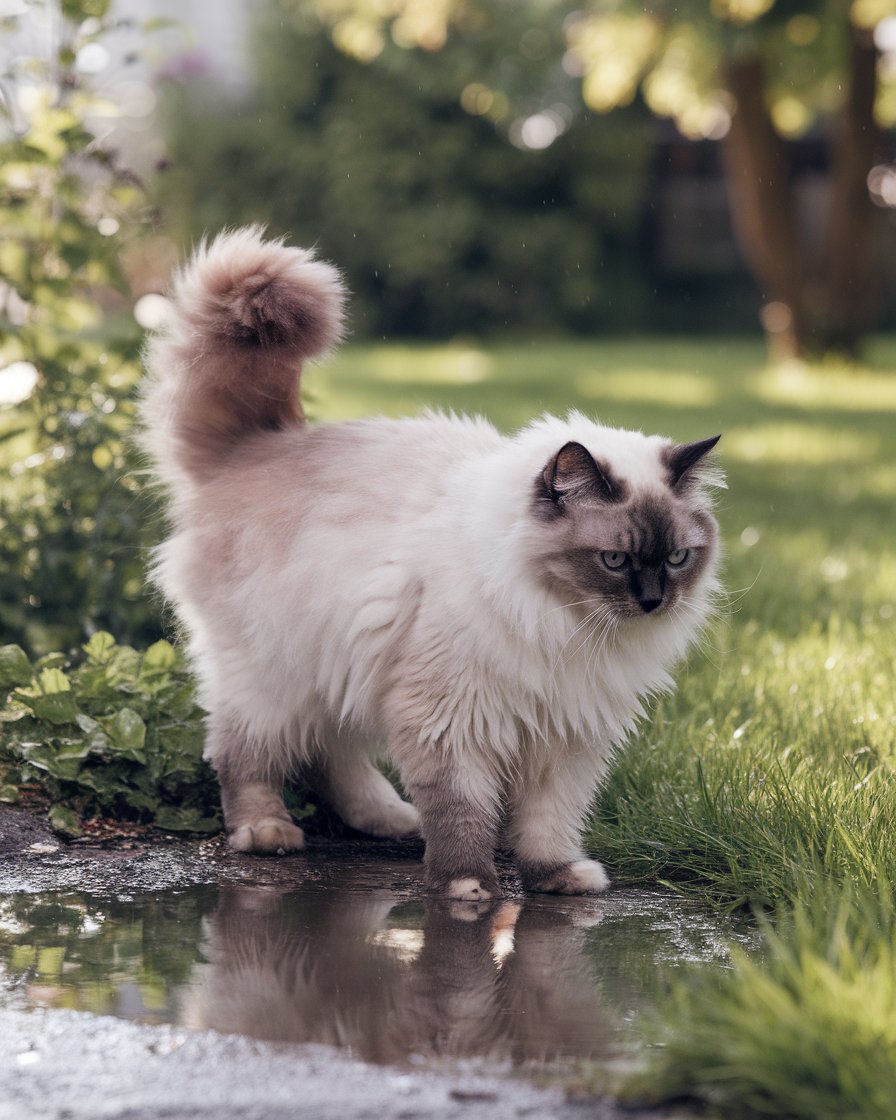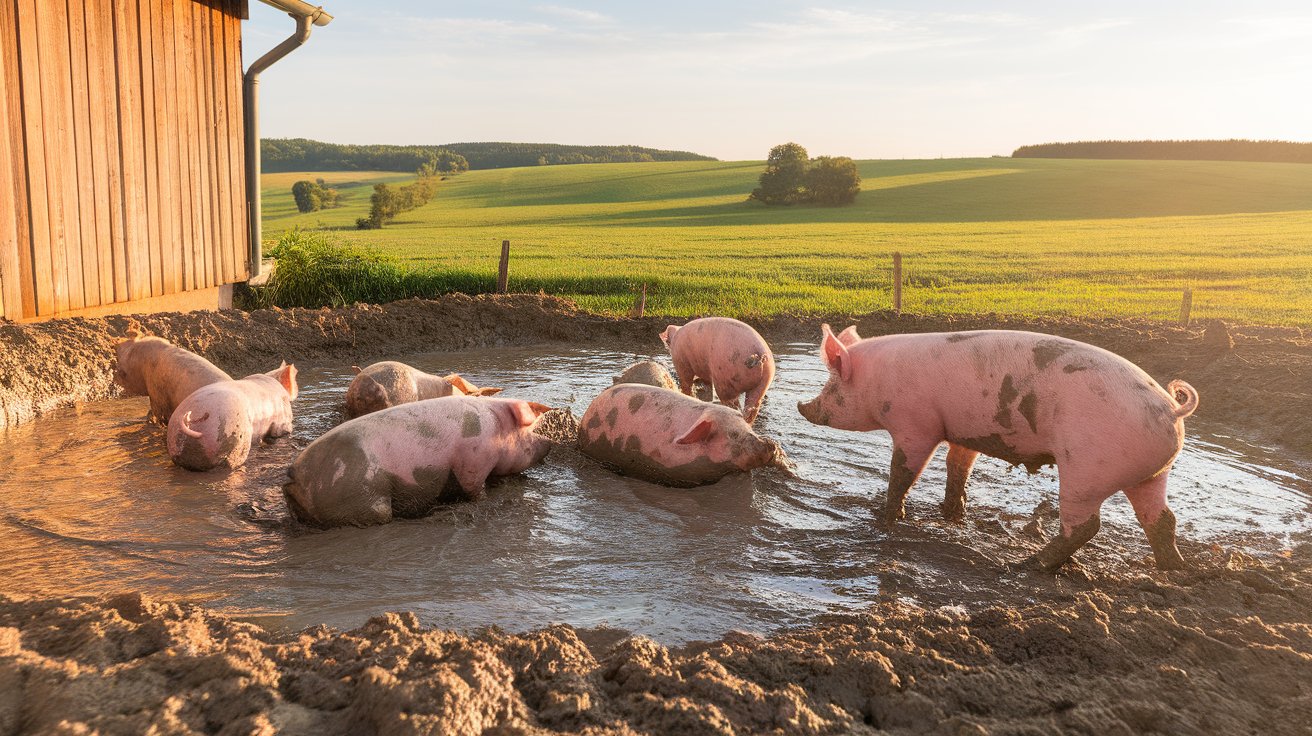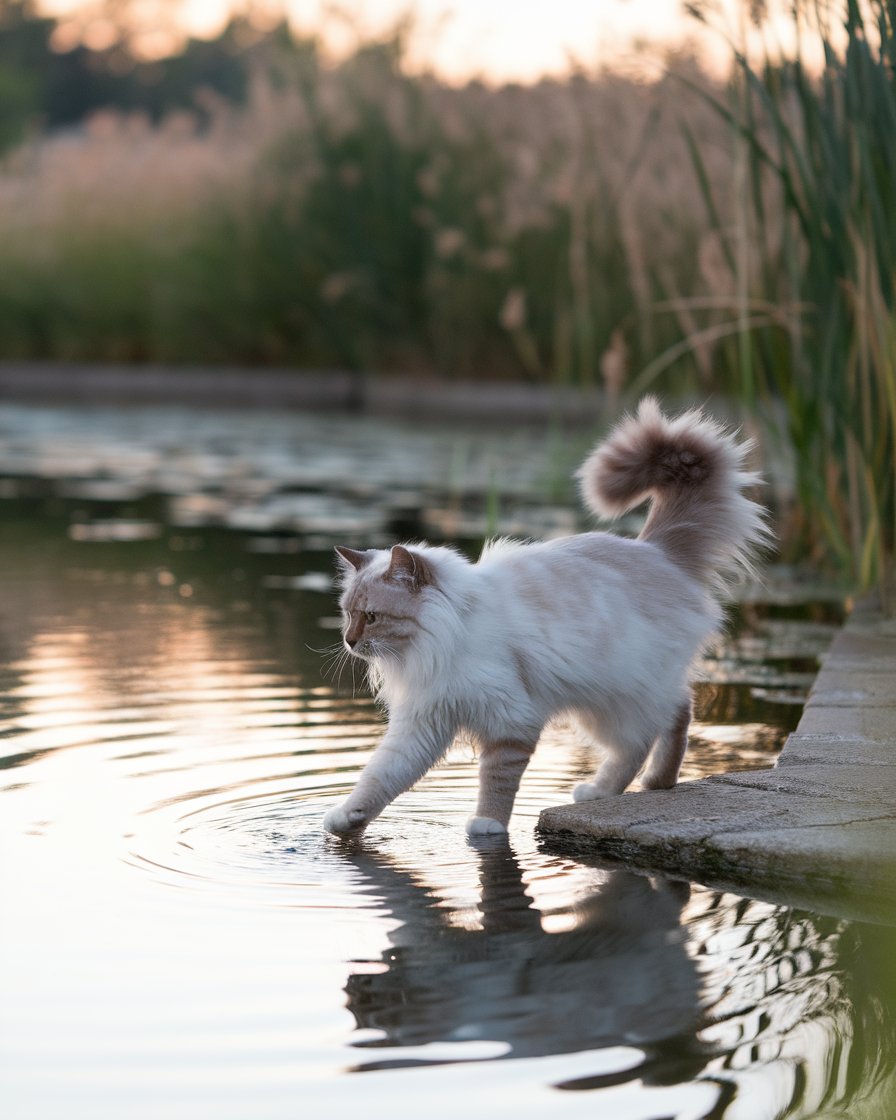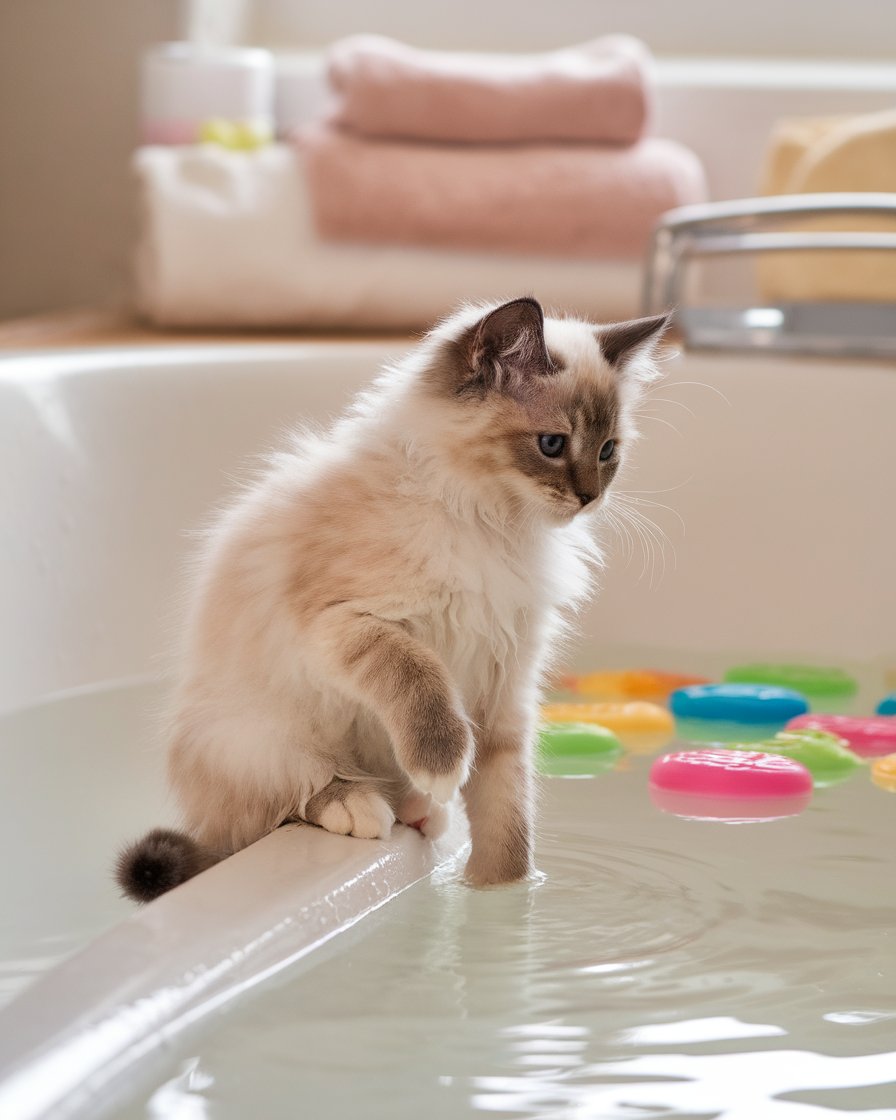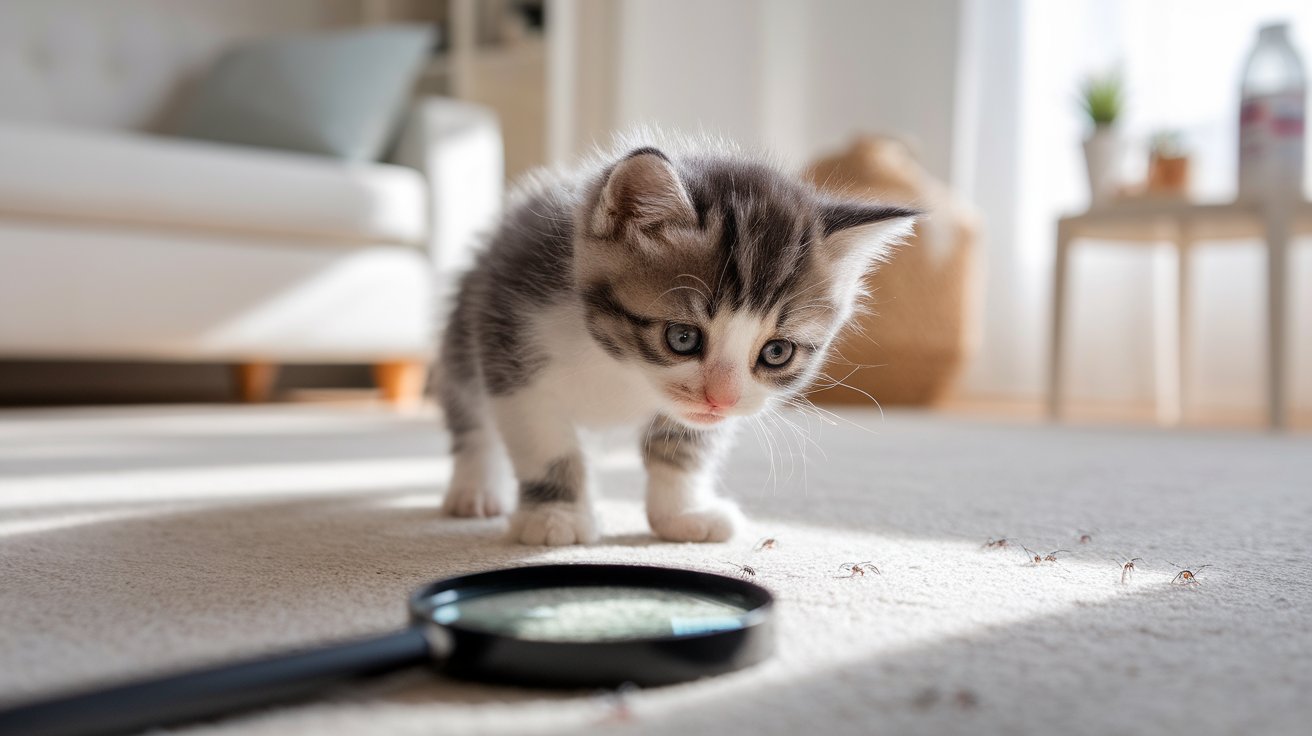Introduction
Ragdoll cats are known for their gentle temperament, but their relationship with water can vary widely. Some Ragdoll cats love to play near water, while others show a clear dislike. This curiosity often manifests in playful behaviors like pawing at water droplets or watching a running tap. These cats have a natural affinity for water, which sets them apart from other breeds that typically avoid it. However, just because Ragdolls seem to enjoy these small water interactions, it doesn’t mean they like to swim or be submerged in water.
It’s essential to understand that Ragdoll cats, like any other breed, have their preferences when it comes to water. While some may enjoy a playful dip, many ragdoll cats do not like the sensation of being soaked or the unpredictability of water. If you want your Ragdoll to get used to water activities, introducing them to water gradually can help.
Key Takeaways
-
Ragdoll cats are curious about water, often showing interest in dripping taps or small puddles but typically avoiding full immersion.
-
Their fascination with water stems from their playful nature and hunting instincts, which are triggered by the movement and sound of water.
-
Many Ragdolls are not fond of water due to their thick coats, which can become heavy and uncomfortable when wet.
-
Ragdoll cats tend to feel insecure around water, preferring dry, safe environments where they feel in control.
-
While Ragdoll cats can swim if needed, they usually prefer to stay dry and avoid larger bodies of water.
-
Gradual water introduction and positive reinforcement can help Ragdolls develop a more comfortable relationship with water over time.
Do Ragdoll Cats Like Water?
Ragdoll cats are often viewed as gentle and relaxed, but their relationship with water can surprise many pet owners. While it’s rare to see most cats hop into a bath, ragdolls like water more than expected. They tend to show curiosity around water sources like faucets and puddles. This fascination is tied to their playful nature and their desire to explore. Although some ragdoll cats won’t dive in or swim in water, many enjoy dipping their paws or watching streams flow. Even if a ragdoll cat doesn’t like water fully, they might find it stimulating. Owners looking to get your ragdoll will often notice this playful interaction, making these cats both unique and entertaining. For those considering whether to bring a ragdoll into their homes, knowing they might have a small love of water could make baths easier than anticipated.
Do Ragdoll Cats Like Water, and Can Ragdoll Cats Swim?
Ragdoll cats are often known for their calm, affectionate demeanor, but their relationship with water is more complex. While some may find enjoyment in small water interactions, the idea of swimming or full immersion can be less appealing to them. Here’s a closer look into their water behavior and swimming abilities:
1. Curiosity Around Water
Ragdolls tend to show curiosity around water sources like faucets or puddles. Their playful nature drives them to explore these small water interactions, often leading to behaviors like pawing at drips or sitting near a water fountain. However, their interest in water is usually limited to observation and playful actions, rather than full immersion.
2. Hesitation with Full Immersion
Most Ragdoll cats are not fans of being soaked or taking baths. Their thick, luxurious coats can absorb water quickly, making them feel uncomfortable when wet. This natural aversion to being submerged can make swimming or bathing a less enjoyable experience for them, despite their playful water interactions.
3. Swimming Ability
Despite their reluctance to fully engage with water, Ragdolls are capable swimmers. If they happen to fall into a pool or body of water, their natural instincts will kick in, allowing them to swim to safety. However, swimming is not an activity they generally seek out or enjoy, unlike some other breeds that have a stronger affinity for water.
4. Natural Instincts and Water Fascination
Their interest in moving water is often tied to their hunting instincts. The sound and sight of running water, whether from a faucet or stream, can stimulate their curiosity and mimic the behavior of prey. This innate response explains why Ragdolls are fascinated by small water activities but remain hesitant toward full immersion.
5. Positive Water Experiences for Ragdolls
For Ragdoll owners wanting to introduce their cats to water-based activities, starting small is key. Encouraging positive water interactions through play, such as using water toys or letting them explore shallow water, can help build their confidence. However, it’s essential to respect their boundaries and not force them into activities that make them uncomfortable.
Reasons for Water Fascination
Ragdoll cats display an unusual fondness for water, which sets them apart from many other cat breeds. Their curiosity is sparked by the movement and sound of running water, which captivates them. Many owners notice their Ragdolls watching intently as water trickles or drips. This behavior is often driven by the cat’s innate hunting instincts, where the shimmering surface or flowing stream mimics the movements of prey. It’s not unusual to find a Ragdoll sitting near a water fountain, pawing at the ripples, and enjoying the stimulation it provides.
Playful Behaviors Around Water
Although Ragdolls aren’t fans of full-on baths, their playful behaviors around water often manifest in more subtle ways. They may chase after water droplets from a faucet or swipe at small puddles with their paws. This love for small amounts of water plays into their natural curiosity and gives them a fun, safe way to interact with an environment that other cats typically avoid. These behaviors are a unique feature of the Ragdoll breed, as most cats do not need much water interaction, but Ragdolls seem to enjoy it as part of their playful routines.
Why Some Ragdoll Cats May Dislike Water
While some Ragdoll cats show interest in water, many may not like it. This discomfort comes from their thick coats, which soak up water quickly, leaving them feeling heavy and uneasy. Most Ragdolls prefer dry, warm places over getting wet. Their laid-back nature makes them steer clear of the unpredictable splash and chill of water. Although you might find a ragdoll cat curious about water sources like a stream of water, they rarely want to go for a swim. For owners, it’s important to understand that while some Ragdolls love water, others may not enjoy water-based activities. Slowly introducing water or using positive reinforcement during baths can make things easier, especially when you need to bath your ragdoll.
Case Study: Why Some Ragdoll Cats Might Dislike Water
When Ragdoll cats get wet, their thick coats absorb a lot of water, leaving them feeling heavy and uncomfortable. It’s like wearing a soaked winter jacket that takes forever to dry. This discomfort is a big reason why Ragdoll cats do not like water or being bathed. Even though some Ragdoll cats enjoy playing around small amounts of water, full-on baths are usually not fun for them. Their luxurious fur makes them feel cold and weighed down, which most cats would rather avoid.
Safety plays another role here. Ragdoll cats love safe, cozy spots and often steer clear of unpredictable things like water. Splashing water can make them feel anxious or out of control, so they tend to avoid it. However, with patience and positive experiences like using treats and toys, you can help them build a more relaxed relationship with water over time.
Thick Coat Considerations
Ragdoll cats are famous for their luxurious, thick fur, but this can become a source of discomfort when wet. Their dense coat absorbs water like a sponge, making them feel heavier and more sluggish when soaked. Additionally, it takes quite a while for their fur to dry off completely, which can be irritating for them. Unlike breeds like Turkish Van cats, who are known to enjoy swimming, Ragdolls typically don’t appreciate the feeling of being immersed in water. For cat owners, it’s essential to consider this when introducing their Ragdoll to water, especially during baths, as the experience can often leave them feeling weighed down and uneasy.
Safety Preferences
Beyond their coat, Ragdoll cats are generally more cautious by nature, preferring environments where they feel safe and secure. Water, being unpredictable and often splashing in ways they cannot control, can evoke feelings of unease. This makes many Ragdolls wary of playing with water or taking a dip. Unlike more adventurous breeds, Ragdolls prefer to avoid situations where they feel vulnerable, and being submerged in water can feel threatening to them. Their natural aversion to water is tied to their need for security, which makes them less likely to enjoy activities like swimming or baths, even though some Ragdolls might play around shallow puddles or faucets.
Can Ragdoll Cats Swim?
While Ragdoll cats aren’t commonly seen as feline swimmers, they do possess the natural ability to paddle when necessary. If a kitten or adult Ragdoll unexpectedly finds itself in water, instinct will guide them to swim to safety. However, unlike breeds known for water-loving behaviors, ragdoll cats typically avoid water and prefer dry, cozy environments. Most ragdoll cats and their relationship with water involves playful interactions from a distance, such as pawing at dripping faucets. Although these cats might like the occasional dip in the water to cool off, it’s not an activity they actively seek out. Understanding that ragdoll cats and water don’t mix well gives many cat owners peace of mind, knowing their Ragdoll won’t dive in without a reason. However, if your ragdoll cat to enjoy water happens, it’s likely a rare and playful interaction.
Swimming Abilities Explained
Despite their aversion to getting wet, Ragdoll cats are capable swimmers. If they happen to fall into a pool or pond, their instincts will help them stay afloat and swim to safety. While they might not jump into water voluntarily, Ragdolls’ natural survival skills ensure they are able to swim when needed. Their body structure, which includes strong limbs, supports this ability, even though they don’t enjoy water the same way some other breeds, like Turkish Vans, might. Ragdolls prefer to keep their fur dry, but it’s helpful for owners to know that they are capable of swimming if the situation arises.
Natural Instincts in Water
Ragdoll cats may not enjoy swimming, but their fascination with water often comes from their natural instincts as hunters. Moving water, like a dripping faucet or bubbling stream, can catch their attention and activate their playful side. This curiosity is part of their innate behavior, as the sound and sight of water mimics movements in the wild that would typically attract a predator. Many Ragdolls will engage in playful behaviors around water, like batting at ripples or chasing after droplets. Pet owners can use this knowledge to create stimulating environments for their Ragdolls without forcing them into full-on water immersion, which they typically avoid.
“Thinking is to humans as swimming is to cats; they can do it, but they’d prefer not to.” – Daniel Kahneman
Encouraging Positive Water Interactions
Encouraging your Ragdoll cat to develop a positive relationship with water can be a rewarding process. While many cats, including Ragdolls, may shy away from water initially, creating an enjoyable environment around it can make a significant difference. By starting slowly and making water a playful experience, you can gradually change their mindset. Instead of forcing them into water activities like baths, focus on letting them explore at their own pace. This method can help them feel more comfortable and less anxious around water, leading to more positive water interactions in the future.
Tips for Introducing Water
When introducing water to your Ragdoll, gradual exposure is key. Begin with a shallow bowl or let a faucet drip, allowing them to approach and investigate at their own speed. This taps into their natural curiosity, giving them control over their interaction with water. You can also make it fun by using floating toys or water-based activities that engage them. Encouraging them to play with water droplets or small puddles helps them build confidence. Cats often enjoy this type of exploration when they’re not forced into it, making the process feel safe and non-threatening to your Ragdoll.
Using Positive Reinforcement
Positive reinforcement is a powerful tool in helping Ragdolls feel more comfortable around water. Rewarding them with treats or praise when they show interest in water can gradually shift their perception from fear to curiosity. For instance, if your cat paws at water or approaches a running tap, offer them a treat immediately. This creates a positive association, and over time, your cat may be more open to water activities, including baths. Using positive reinforcement not only builds trust but also turns what may be an uncomfortable experience into one that is rewarding and fun for your Ragdoll.
Conclusion
Understanding a Ragdoll cat’s relationship with water requires patience and observation. While some Ragdoll cats do like water, most prefer dry environments and may only enjoy playing with water in small amounts, such as pawing at a running tap. These playful interactions stem from their curious and playful nature, though full immersion, like bath time, is typically met with resistance. For pet owners, creating positive water experiences and using gradual introductions can help their Ragdoll get used to water-based activities without causing stress.
By slowly introducing your Ragdoll cat to water and incorporating positive reinforcement, you can ease their discomfort. While your cat may not enjoy taking a bath, small steps like letting them dip in water or engage with toys in shallow containers can make the experience more enjoyable. Keep in mind that Ragdoll cats are generally less averse to water than other breeds, but every cat’s comfort level will vary.

